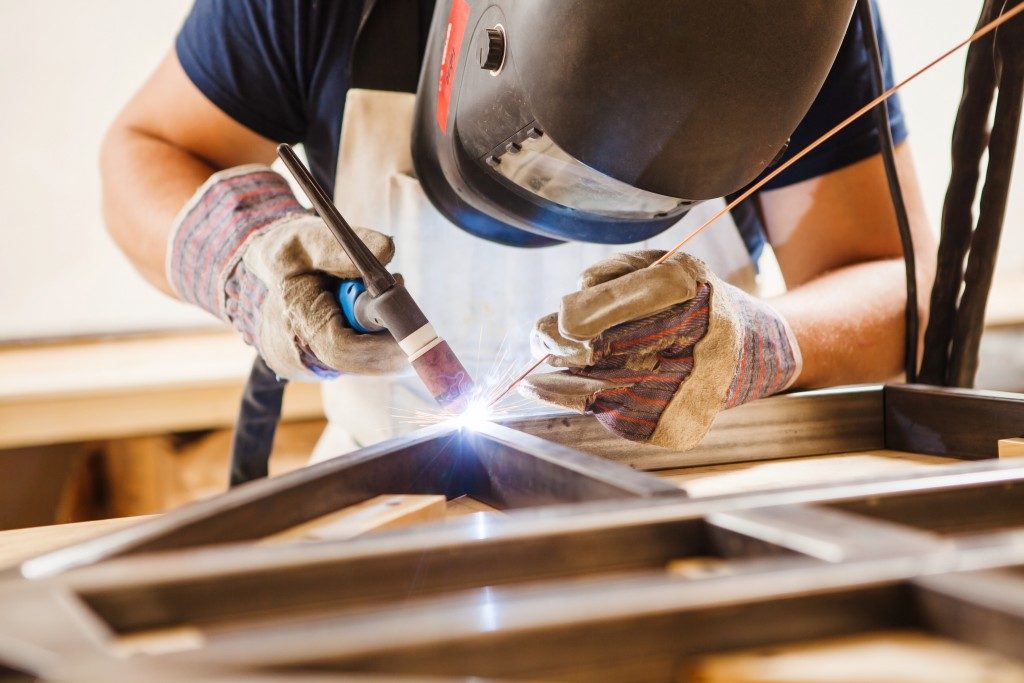Welding safety equipment is essential in the work setting. Working with noxious gases and molten metal puts workers at high risk for injury and exposure to hazardous substances. Immediate physical injury is imminent without the use of current safety products.
Protecting the eyes from flash burns and ultraviolet exposure
The welding torch is on top of the list of potential causes for a flash burn, which occurs upon exposure to bright ultraviolet light. Other causes of sunburn are a sunlamps and direct sunlight. Because the most common occurrences of flash burns are associated with the welder’s torch, it is also known as arch eye or welder’s eye.
A flash burn is comparable to the eyes incurring a sunburn. It can heal in a couple of days without leaving a scar. A person suffering from flash burns could experience mid to severe pain due to an inflammation of the cornea of the eye. Other symptoms of flash burn are light sensitivity, blurred vision and watery eyes.
If not treated appropriately, the eyes could become infected. The worst-case scenario is a loss of vision. A welder’s mask should provide adequate protection from a welding torch. The hood protects the neck and face and the goggles are auto-darkening, which protects the eyes.
Standard protection for the eyes during welding include goggles and a hand-held face shield, which should suffice if a full welding helmet is not available or feasible to wear.
Protecting the lungs from airborne contaminants
When metals are melted at high temperatures, the fine particles that make up the welding fume could be inhaled. When a person breathes in the fumes, they could be breathing in carcinogens in the form of fluorides, silicates and various metal oxides.
They take to the air during the welding process. Once these substances are in the lungs, they could start causing damage. Because of the risk for lung disease and damage to the respiratory tract from elevated temperatures, welders are required to wear respirators.
Persons wearing a welding helmet must also wear respiratory protective gear and equipment to keep the airborne contaminants from being inhaled. Without this type of equipment, a welder’s life can be endangered.
Protecting the hands from injury

Flame-resistant gloves are a necessity for welders. Since welding requires dexterity and flexibility, the gloves must be comfortable to wear. Typical welding gloves are made from leather, but the specific type of glove depends on the type of welding job.
Heavy-duty gloves are more appropriate if the welding requirement puts the welder at risk. A welder’s hands must always be protected because they come close to the flame and are at high risk for injury. Specific gloves that are designed to protect the wearer from spatter and heat should provide adequate insulation and protection from the welder’s torch.
Welders are exposed to various risks such as flash burns to the eyes, respiratory disease, and hand injuries. They are exposed to toxins that could cause chronic diseases. Some injuries incurred during welding heal quickly, but others may lead to irreversible tissue damage.
To protect the eyes, lungs, and hands welders must wear the prescribed personal protective equipment (PPE).




